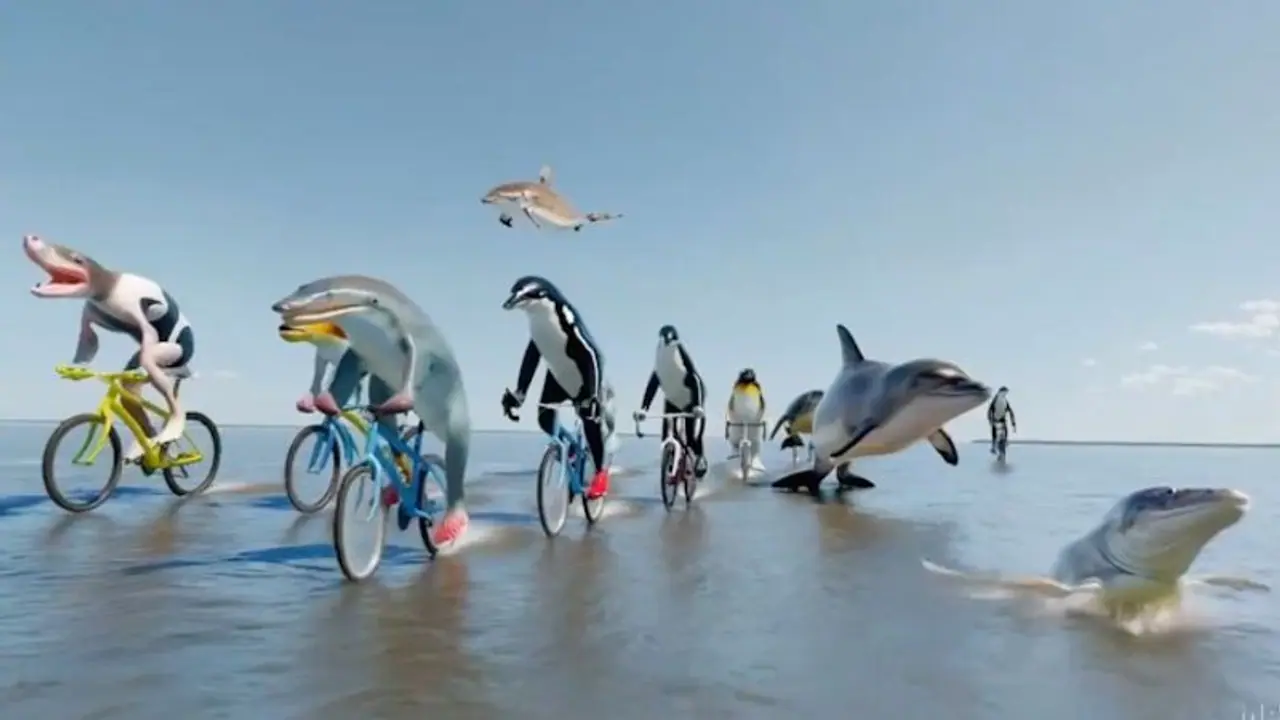In another breakthrough into generative artificial intelligence, the maker of the popular AI platform, ChatGPT, has officially unveiled a new tool that will instantly make short videos in response to written information.
Sam Altman, the CEO of OpenAI, unveiled the next leap into generative artificial intelligence on Friday with a new tool 'Sora' that can convert text into video. In a blog post, OpenAI, the company behind ChatGPT and DALL-E, revealed information on Sora. "Sora can generate videos up to a minute long while maintaining visual quality and adherence to the user's prompt," claimed OpenAI.

According to the business, the model may also be used to create a film from an existing still image. According to Sam Altman on X, the business is now "offering access to a limited number of creators" as part of a test.
On the X platform, Altman asked viewers to submit ideas for the videos. Then he shared the identical content on the social media platform. "We'd like to show you what Sora can do, please reply with captions for videos you'd like to see and we'll start making some!" Altman wrote.
Another OpenAI member has shared a Sora-generated video and it is a little hard to believe how real it looks.
According to OpenAI, Sora is capable of creating complex scenarios with numerous people, accurate motions, and elaborate backdrops. Along with understanding user commands, the model also deciphers how these elements appear in real-world circumstances.
The model's profound linguistic comprehension allows it to reliably decipher cues and produce engrossing characters that vividly convey emotions. According to OpenAI, "Sora can also produce multiple shots that faithfully maintain characters and visual style within a single generated video." The capability of the OpenAI Sora model undoubtedly appears impressive at the moment.
According to the official details, Sora is not publicly available yet and OpenAI has announced limited information about how it was created. The tool is currently available for red teaming, which helps to identify flaws in the AI system.
The tool can be used by visual artists, designers, and filmmakers to collect feedback, the company revealed in a statement.
